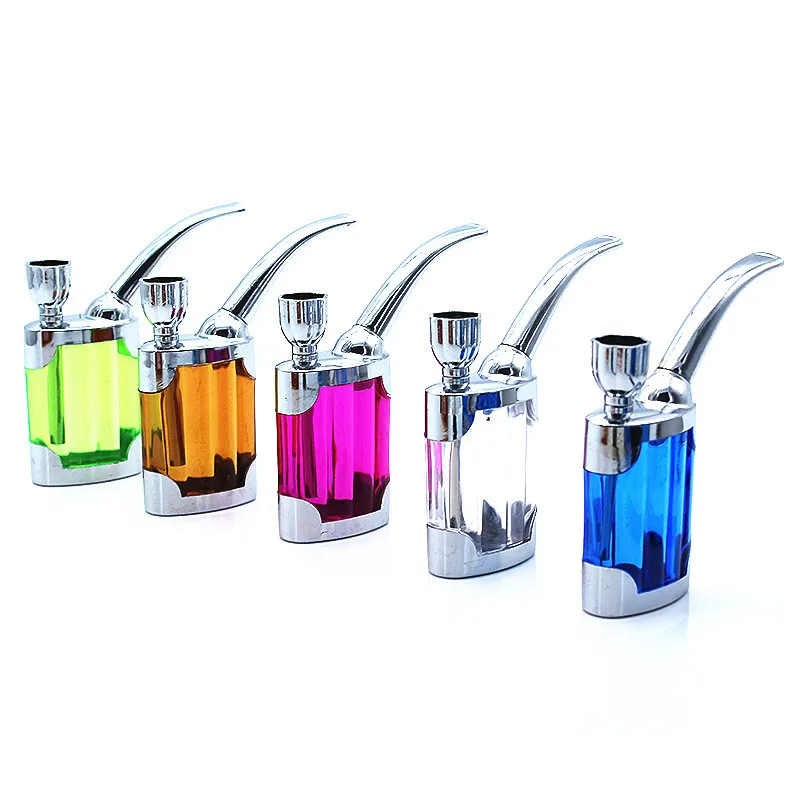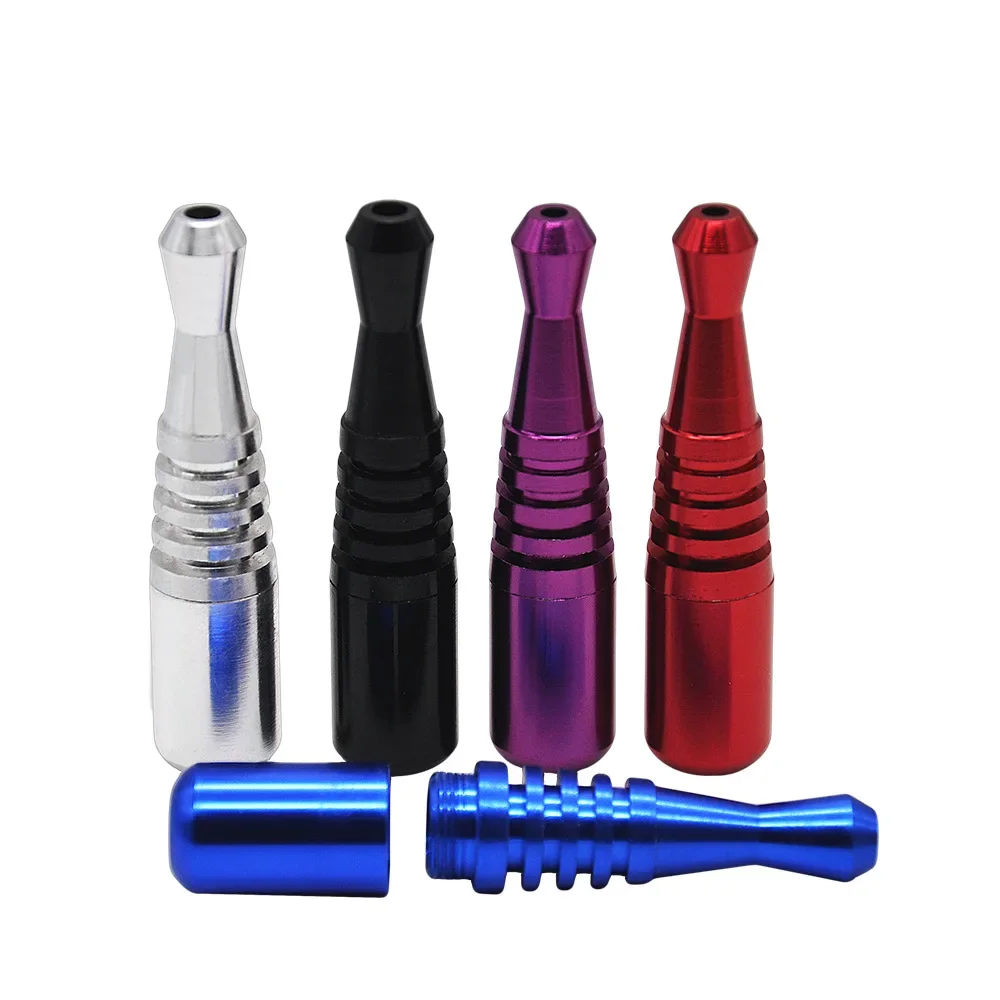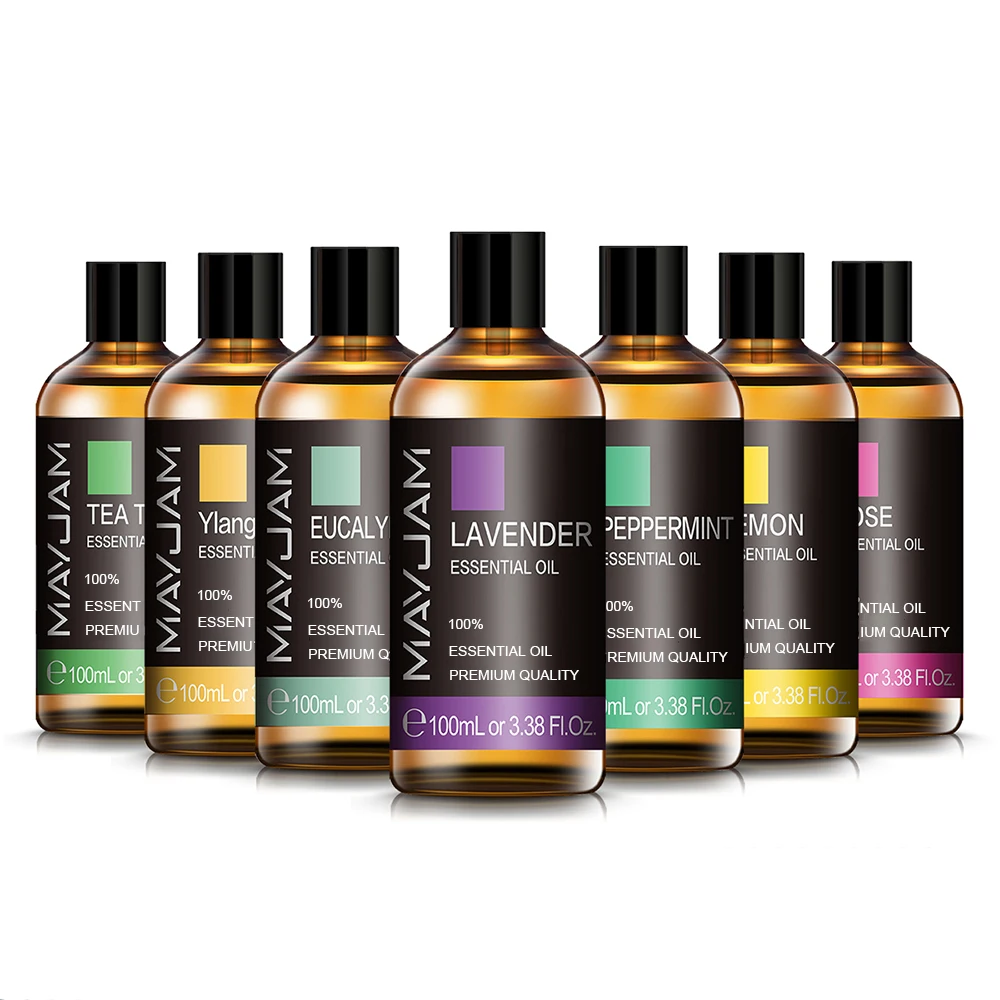Essential Cashback Terms and Optimization Strategies
Understanding cashback bonus terms is crucial for maximizing your credit card rewards potential. Strategic analysis of earning caps, merchant category codes, and redemption ratios helps prevent value dilution and optimize returns. By mastering these elements, cardholders can achieve 20-25% higher annual cashback earnings.
Key Elements for Cashback Optimization
Tracking Category Bonuses
Category bonus tracking remains essential for maximizing rewards across different spending categories. Monitor your purchase coding to ensure transactions qualify for the highest possible cashback rates.
Annual Fee Analysis
Calculate precise break-even points on cards with annual fees by evaluating:
- Monthly spending requirements
- Category bonus multipliers
- Statement credit values
- Sign-up bonus potential
Redemption Strategy
Strategic redemption management involves:
- Monitoring conversion rates
- Meeting minimum redemption thresholds
- Timing redemptions for maximum value
- Understanding merchant coding systems
Advanced Value Optimization
Implement sophisticated tracking of purchase categories and merchant codes to ensure optimal earnings on every transaction. Verify how specific retailers code purchases and adjust spending patterns accordingly to maximize reward potential. Regular analysis of redemption ratios and careful monitoring of program changes ensures sustained value from your cashback rewards program.
Cashback Categories and Earning Limits

Cashback Reward Categories Explained
Credit card cashback rewards operate through strategic spending categories, each offering distinct earning potential.
Popular reward categories encompass groceries, gas stations, dining establishments, and online shopping platforms, delivering cashback rates between 1% to 6%.
These rewards come with specific spending limitations and quarterly or annual caps, making it essential to understand program structures.
Category Rotation and Earning Maximization
Bonus category schedules vary significantly across card issuers. While some implement quarterly rotating categories, others maintain fixed reward categories throughout the year.
Strategic spending requires careful monitoring of these rotations and aligning purchases with high-earning periods. For instance, a 5% grocery cashback limit of $6,000 annually necessitates calculated monthly spending to maximize benefits.
Category Exclusions and Merchant Classifications
Reward program terms often contain specific merchant exclusions within broader categories. Notable examples include:
- Warehouse clubs typically excluded from grocery categories
- Specialty retailers may not qualify for online shopping bonuses
- Gas station purchases at supermarket fuel centers mightn’t earn fuel rewards
Understanding these classification distinctions enables cardholders to optimize their reward earnings and strategically utilize multiple cards for maximum cashback potential.
Annual Fee Impact Analysis

Break-Even Analysis for Card Fees
Annual fee justification depends on three critical factors: spending volume, reward rates, and included benefits.
To determine your break-even point, divide the annual fee by the expected reward percentage. For instance, a $95 annual fee with 2% cashback requires $4,750 in annual spending just to offset the fee cost.
Premium Card Considerations
High-annual-fee cards ($450+) warrant thorough evaluation of their complete benefits package.
Beyond base cashback rates, calculate the monetary value of premium perks including:
- Travel credits
- Airport lounge access
- Insurance coverage
- Purchase protection
- Concierge services
Comparative Analysis Framework
Maximize returns by conducting a detailed rewards comparison:
- Track spending patterns across categories
- Calculate net rewards (total cashback minus fees)
- Compare against no-annual-fee alternatives
- Factor in benefit utilization rates
- Project annual savings potential
Higher reward percentages must generate sufficient returns to justify fee expenses.
Create a comprehensive spending analysis spreadsheet to identify the most profitable card structure for your specific usage patterns and financial goals.
Redemption Options and Minimum Thresholds

Minimum Redemption Thresholds
Cashback rewards programs typically implement minimum redemption thresholds ranging from $20 to $50 before allowing access to earned rewards.
These thresholds effectively lock accumulated cashback until reaching specified amounts, impacting reward accessibility and usage timing.
Redemption Format Options
Reward redemption methods vary significantly across credit card programs:
- Statement credits: Most direct value-retention option
- Direct bank deposits: Maximum flexibility for reward utilization
- Gift cards: Potential bonus values (e.g., $25 gift card for $20 in rewards)
- Merchandise redemptions: Alternative reward conversion options
Critical Redemption Considerations
Expiration policies and redemption deadlines require careful attention. Card issuers may implement:
- Reward forfeiture rules for inactive accounts
- Time-sensitive redemption windows
- Fixed increment restrictions ($25 or $50 blocks)
- Minimum balance requirements for reward access
Redemption Value Optimization
Understanding redemption increments proves crucial for maximizing reward value:
- Some programs allow flexible redemption above minimum thresholds
- Others restrict to predetermined increment levels
- Bonus redemption opportunities through strategic timing
- Value-added partner programs offering enhanced redemption rates
The most advantageous redemption strategy aligns with individual spending patterns and reward utilization preferences, maximizing cashback program benefits through informed redemption choices.
Promotional Period Terms

Maximizing Promotional Period Benefits
Cashback credit card promotional offers typically feature enhanced earning potential during the initial 3-12 months of membership.
These limited-time incentives commonly include elevated reward rates of 5-10% in select spending categories or bonus cash rewards after reaching specified spending thresholds.
Critical Elements of Promotional Terms
Three essential components require careful examination in promotional terms:
- Start and end dates
- Category spending restrictions
- Maximum earning limitations
For instance, a promotional offer might deliver 10% cashback on grocery purchases for three months, with earnings capped at $200. Evaluating these opportunities against regular spending patterns ensures optimal reward maximization.
Strategic Promotional Period Management
Calendar tracking systems prove essential for monitoring promotional deadlines, as missed cutoff dates result in forfeited rewards.
Most card issuers calculate promotional periods from account approval date rather than card activation.
Strategic application timing aligns high-spending periods with promotional windows, maximizing temporary bonus opportunities while maintaining normal spending patterns.
Key Optimization Strategies
- Monitor promotional period deadlines
- Align application timing with planned expenses
- Calculate potential rewards against spending caps
- Review category restrictions and limitations
- Track multiple card promotions simultaneously
Usage Restrictions and Requirements

Understanding Reward Program Limitations
Purchase restrictions and program requirements significantly impact cashback earning potential beyond promotional periods.
Minimum spending thresholds, category caps, and quarterly activation requirements serve as key factors in rewards accumulation.
Understanding these limitations becomes essential for maximizing returns on credit card spending.
Critical Purchase Exclusions
Transaction exclusions commonly affect reward earnings across major credit card programs. Key excluded transactions typically include:
- Balance transfers
- Cash advances
- Specific merchant categories
Credit score requirements and payment history directly influence reward eligibility.
Late payments can trigger immediate reward forfeiture, while maintaining minimum credit scores remains crucial for continued program participation.
Redemption Guidelines and Restrictions
Reward redemption comes with specific parameters that cardholders must navigate:
- Minimum redemption thresholds ($25-50 typical range)
- Redemption timeframes
- Account status requirements
- Expiration policies
Redemption options vary by issuer, with many limiting cashback to:
- Statement credits
- Direct deposits
- Digital wallet transfers
These restrictions often exclude traditional redemption methods like physical checks or gift cards.
Points to Cash Conversion

Understanding Conversion Fundamentals
Reward point conversion rates typically range between 0.5 to 1.2 cents per point, varying by card issuer and redemption method.
Successful points-to-cash conversion requires careful analysis of redemption values and conversion ratios to maximize returns on spending.
Key Conversion Metrics
Three essential factors determine optimal conversion value:
- Base conversion rates
- Minimum redemption thresholds
- Bonus multipliers
Common conversion examples include:
- 2,500 points = $25 cash back (1 cent per point)
- 5,000 points = $40 cash back (0.8 cents per point)
Maximizing Conversion Value
Seasonal promotions frequently offer enhanced conversion rates, often providing 20-25% improved values.
Consider these key factors:
- Partial redemption options
- Fixed increment requirements
- Program-specific conversion rates
Strategic Redemption Tracking
Maintain a detailed points conversion spreadsheet to:
- Monitor cash value across programs
- Track redemption opportunities
- Compare conversion rates
- Identify optimal redemption timing
This systematic approach ensures maximum value from every points-to-cash conversion opportunity.
Merchant Coding and Rewards Eligibility

How Merchant Coding Affects Your Rewards
Merchant Category Codes (MCCs) play a crucial role in determining credit card rewards eligibility.
These codes, assigned by credit card networks, classify businesses and define which purchases qualify for specific reward categories. The relationship between merchant coding and rewards earning potential directly impacts cardholder benefits.
Common Merchant Coding Scenarios
Gas Stations and Convenience Stores
Gas station purchases frequently present coding variations. The fuel pumps outside may code differently from the convenience store inside, affecting your ability to earn bonus rewards on gas purchases. This distinction can mean the difference between earning standard points and 5% cash back on fuel transactions.
Hotels and Restaurants
Hotel dining establishments often code under the property’s primary lodging classification rather than as restaurants. This coding practice can prevent cardholders from earning dining rewards when eating at hotel restaurants, despite the transaction being food-related.
Maximizing Rewards Through Merchant Verification
Testing Purchase Categories
Conduct small test transactions at frequently visited merchants to verify their coding. Review your credit card statement to confirm how purchases appear and which reward categories apply. This verification process helps ensure optimal rewards optimization.
Payment Processor Impact
Third-party payment processors like Square can alter merchant category classifications.
Local businesses using these systems may code differently than expected, potentially affecting your rewards earnings. Independent restaurants and small retailers are particularly susceptible to unexpected coding variations.
Strategic Rewards Planning
Maintain records of merchants that consistently code correctly for preferred reward categories. This tracking enables strategic spending decisions and maximizes bonus category earnings across your credit card portfolio.




























